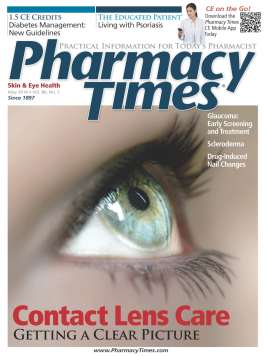Publication
Article
Pharmacy Times
Blindness Declining in Well-Developed Countries
Rates of blindness and vision impairment have dramatically dropped in high-income countries over the past 20 years, according to the results of a recent review.
Rates of blindness and vision impairment have dramatically dropped in high-income countries over the past 20 years, according to the results of a recent review published online on March 24, 2014, in the British Journal of Ophthalmology.
The researchers examined medical literature to estimate the prevalence and causes of blindness and moderate and severe vision impairment in high-income regions and in Central and Eastern Europe in 1990 and in 2010.
Overall, the age-standardized prevalence of blindness decreased by 50% from 1990 to 2010, and the prevalence of vision impairment dropped by 38% over the study period. The rate of blindness decreased from 0.2% in 1990 to 0.1% in 2010, and the rate of vision impairment decreased from 1.6% to 1%. The overall number of blind patients decreased by 17.4%, and the number of patients with impaired vision declined by 12.6% during the study period.
In 1990, cataract was the most common cause of blindness in all regions. In 2010, however, macular degeneration and uncorrected refractive error were the most frequent causes of blindness in all high-income countries. Cataract remained the leading cause of blindness in Central and Eastern Europe in 2010. The most common cause of moderate and severe vision impairment was uncorrected refractive error in both 1990 and 2010.







